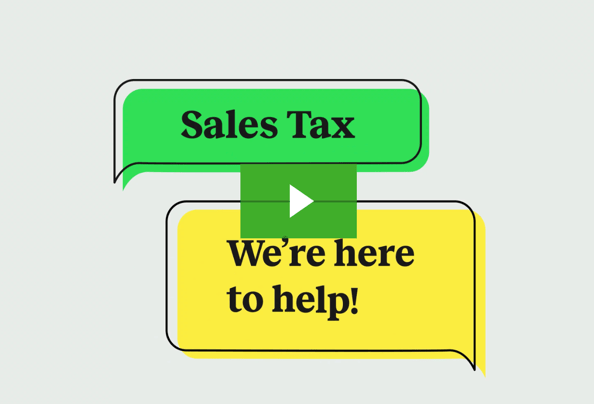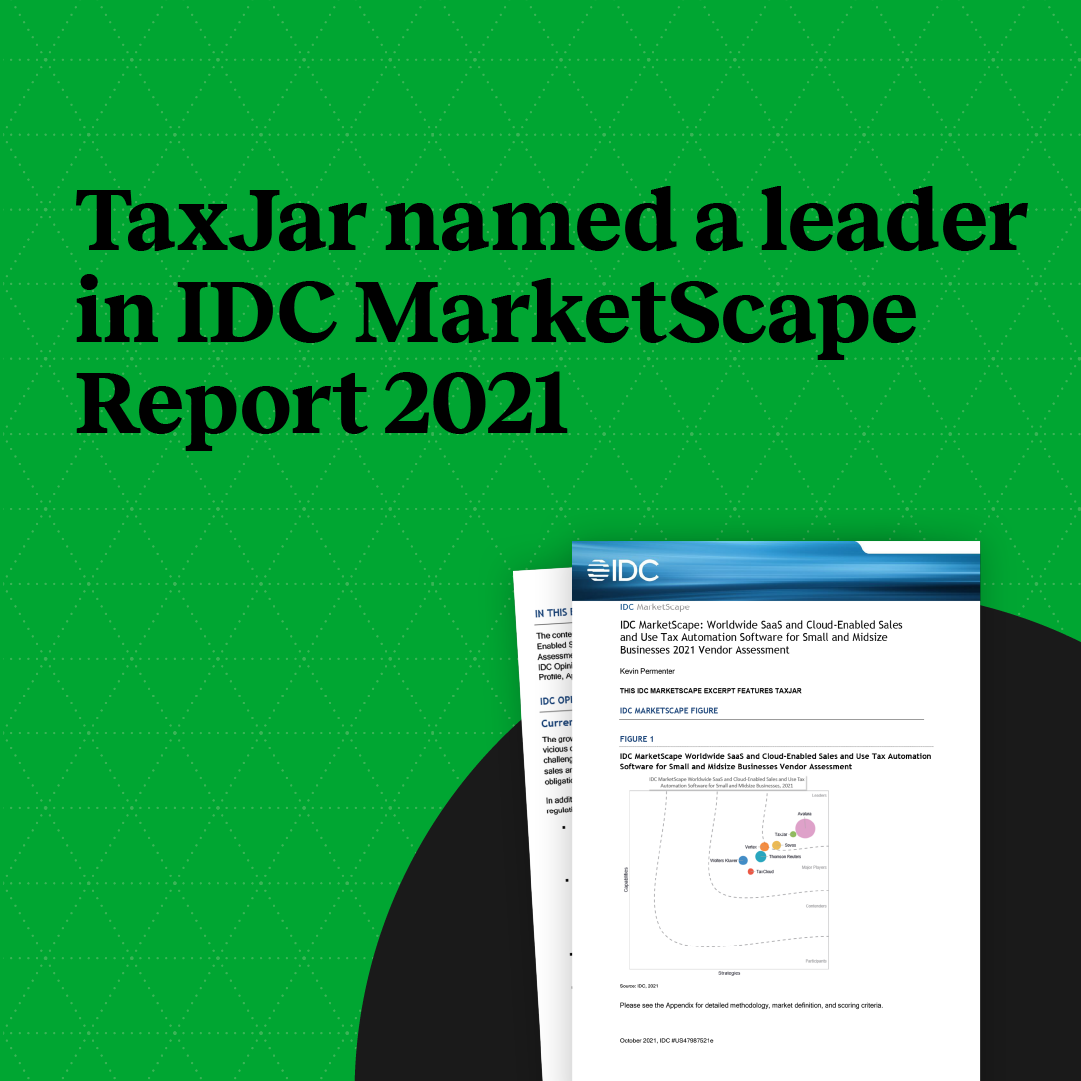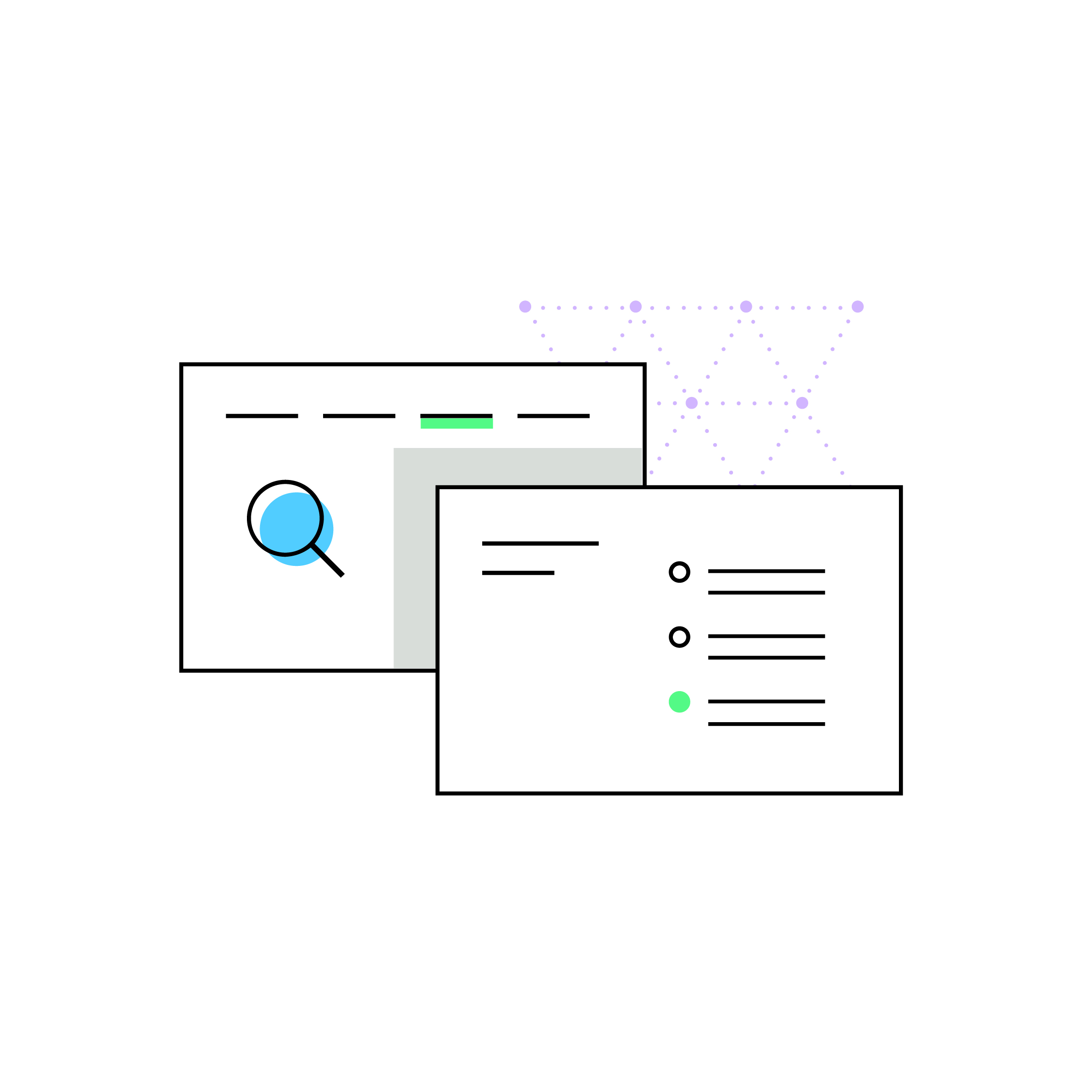How to create an outstanding e-commerce customer experience:
by January 21, 2021
Every company is different, but there’s one thing they all have in common. Whether your business is brick-and-mortar or e-commerce, business-to-business or direct to consumer, you have customers. And unless you have a monopoly on a product that people are clamoring to get their hands on (I’m looking at you cable giants), the experience your customers have as they purchase and use your product can make or break your business.
To get a better idea of how companies (particularly those with an e-commerce component) can evaluate and improve their customer experience, I spoke with Carolyn Urban, TaxJar’s Chief Customer Officer. Carolyn has spent her career working to understand and create outstanding customer experiences for high-growth companies.
In our conversation, Carolyn emphasized the importance of meeting customers where they are. And of listening.
The term “customer experience” gets thrown around a lot these days, especially in tech. What is customer experience (CX)?
I like to think of the whole life cycle of the customer as their experience. It’s their experience with the brand before they’re a customer, and then all of the different touchpoints with products and services once they become a customer. It’s every interaction. Including when we are marketing to them. When they are reading a blog because they have a question. Certainly once they are in my little world, opening up a support ticket, we do our best to deliver.
What is the relationship between a company’s customer experience and their brand?
I just think about how I feel when I open up my new iPhone box. The packaging, the instructions that are needed — or not needed. It’s all beautiful and simple. Right away, I’m confident that I’m going to have an easy time using this product.
It’s not just about the software — it’s about all of the ways customers interact with us. And I’ve heard from customers over the years that the reason they came back or willing to pay more is because of the experience they had during sales or implementation or a support ticket. It means a lot to customers when you treat them right.
How should a business go about evaluating their current customer experience?
It’s always best when you’re hearing directly from customers, so you need a mechanism to get customer feedback. That could be a survey tool, reviews or online feedback — or better yet, a combination of several different ways for them to communicate to you. The customers have the answers. They know what they want. Find out what they’re saying.
What are the biggest mistakes you see being made when it comes to customer experience?
Probably the biggest mistake I see with customer experience, at least as it relates to service, is not offering customers choices. Forrester did a survey that found that two thirds of customers value time and ease above all else when it comes to service, so it’s vital to make it simple for customers to find solutions to their issues through things like forums and chatbots, but it’s also important to realize that not every customer is the same. Some customers want to interact in a different way. I find it frustrating when I’m forced down a specific channel and not allowed that choice.
What do you think about automation when it comes to the customer experience? What should be automated, and what should not be automated?
Automation is critical to our strategy at TaxJar. The way we strategize our automation is by first asking the questions: what is easily automatable? What questions come in repeatedly? Can we route the right ticket to the right person automatically? How can we use AI and bots in ways our customers accept and appreciate so that we can preserve the time of our experts for when automation can’t solve it.
I like to put myself in the customer’s shoes. I think about how I would feel about a particular experience if it were automated. If a bot finds an article with answers to a question I have — great, that saves me time. But if I’m actually trying to speak to a person, and all I can talk to is a bot, that’s frustrating. Or if I get transferred from one rep to the next — customers hate that. I hate that!
Who does CX right? What companies are killing it?
Apple is number one in my mind, and part of it is that the product is so well designed in the first place. In terms of SaaS companies, Salesforce does a great job. They’ve created a tremendous online community, so that I can query a group of peers to find out how they solved a problem without ever having to go to the vendor. They’ve tapped into something that’s really powerful.
We are going to be building this kind of community for TaxJar. We’re working on it now.
What do you think the small businesses should focus on to improve CX?
Work on the fundamentals. Whatever the size of your business, getting the fundamentals right will help you. Make sure you’re setting expectations for customers up front. They should know how long your product will take to get to them, for instance. And tell the truth. When you screw up, be transparent and make a plan to make it right. It’s the same blocking and tackling I would tell any business. You want that customer to be a repeat customer.
How about enterprise businesses? How should they approach CX?
Ensure your systems and processes are scalable. That means capturing the knowledge and processes of the support team in a way that’s sharable and repeatable, so that others don’t have to start from scratch with every ticket. If you are curious, I recommend reading up on Knowledge Centered Support/Service.
How does that translate to TaxJar? How do we create a great customer experience? What’s on the horizon?
I think one thing we do really well is simplify sales tax for non-sales tax experts. We spend a lot of time in hiring and onboarding, to be sure our folks understand the tone we like to use with customers and get some basic sales tax education. We want to maintain the TaxJar way with every support case.
We’ve done a nice job of expanding Knowledge Base, our customer support platform. And we now have free training for our customers with a learning management system (LMS). Also, this year we implemented an AI chat bot, and we plan to upgrade that so we’ll have even more chat options.
Also, as I mentioned, we are creating a customer community this year. We want our customers to share with and get answers from other customers. There’s a lot of benefit to this kind of community, especially in a complex and heavily regulated industry.
We also have improvements coming in the platform itself. We’ll be using notifications within the product to cut down on email and streamlining the user interface.
Beyond product, we’ll continue to make sure we have trained and highly engaged staff to provide the service customers need. We work hard to get back to our customers in a timely manner to meet their expectations. Our G2 ratings back that up.








